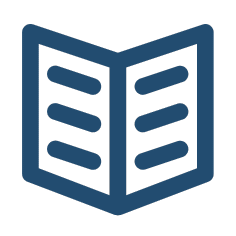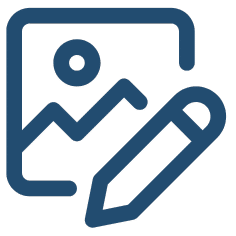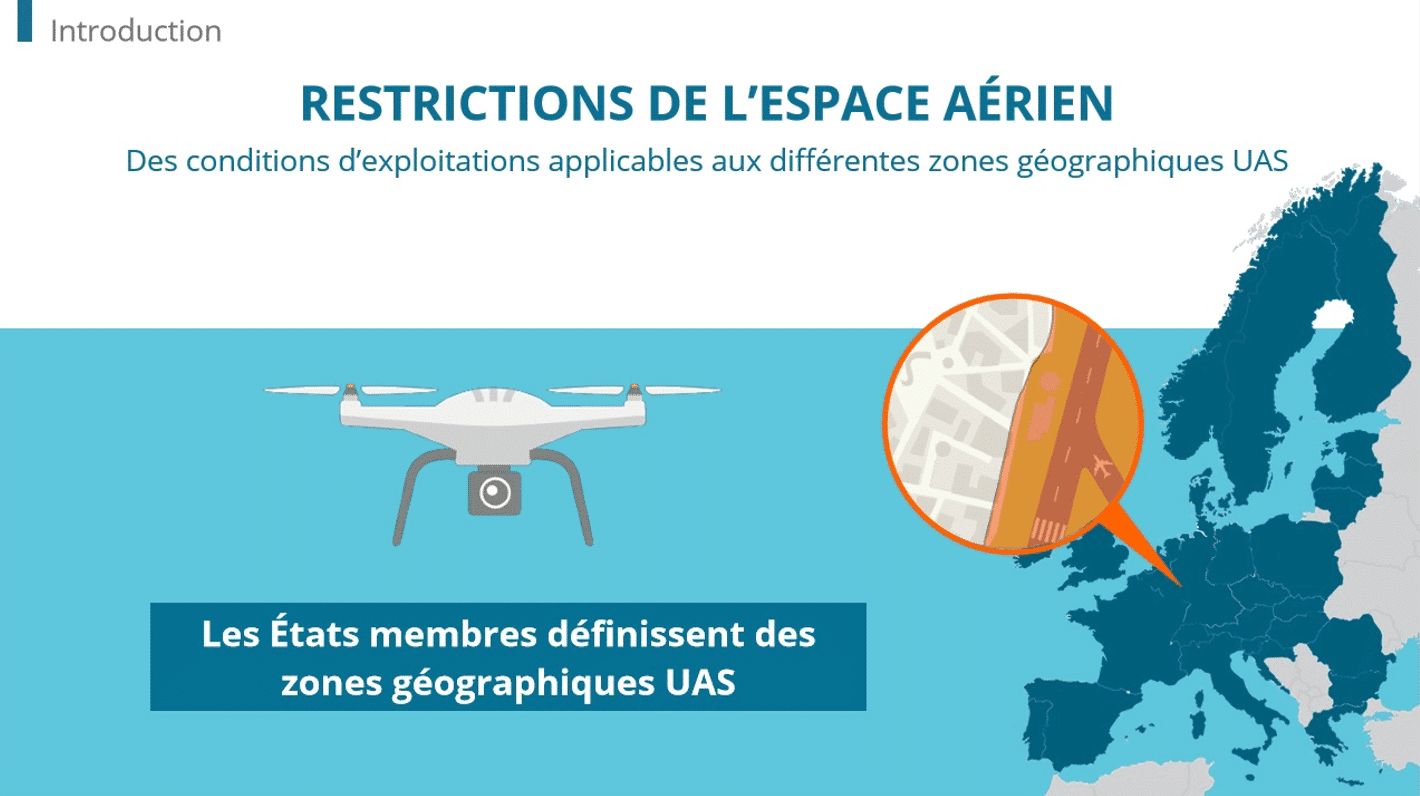Writing the terms of reference helps to identify a company’s digital learning needs and find the best provider to meet them.
Terms of reference: the first step of a digital learning project
Defining the terms of reference requires a strategic approach that underscores the value of digital learning as a learning method and its relevance in addressing specific objectives. The more detailed it is, the greater its chances of success.
1. The context of training in digital learning
The first step is to define:
- Available resources: human, technical, and possibly training content.
- Audience: a comprehensive study of the quality, consistency and size of the audience.
- Constraints: certification, mandatory face-to-face sessions, technical constraints, self-assessment, etc.
- Deadlines for implementation and completion of the project, for each participant.
2. Digital learning objectives
Several factors can impact on the ultimate approach and capabilities chosen to integrate the solution:
- Analysis of the current level relative to desired skills: have key concepts been integrated by teams?
- Definition of the desired level: a full list of anticipated skills: elements of a sales pitch, technical arguments, list of medical protocols, regulations.
- Intended evaluation: does the acquisition of skills need to be certified or is self-assessment sufficient?
- Distribution mode: online sale of courses (with catalogue, shopping cart, invoice management) or in-house training (defined training pathway, tool to replicate the company’s internal structure)
3. Stakeholder involvement
To assure teams feel involved in their training, the terms of reference should include:
- The programme manager, the reference person for learners.
- The organisation of specific training pathways, based on criteria such as geographical region, hierarchy, sector, etc.
- Teaching materials: quiz, video, images … diversifying and personalising content stimulates the engagement of learners.
- The training scenario
4. Technical requirements
The technical and logistical parameters respond to the above defined needs. The company then collects all available evidence: documents, information, experts, etc. and makes a selection from the following options:
- Multiple platforms: PC, tablet, smartphone, online or offline
- Embedded systems: such as within medical equipment
- Blended learning: training is complemented with face-to-face sessions
- Standards compliance: the need to pass a software audit to ensure system compliance.
- Reporting needs
To take advantage of Dokeos’ excellence and experience when writing your terms of reference, contact us.







































